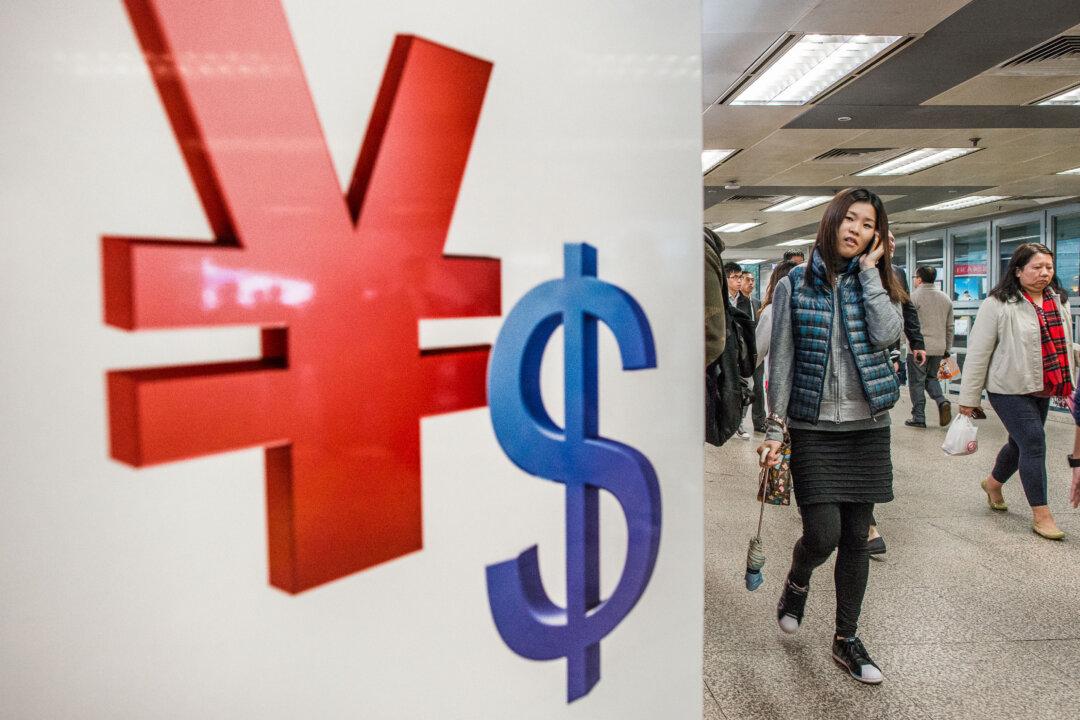Concerns that problems associated with China’s property development companies could spill over to local government financing vehicles (LGFVs), jeopardizing local government financial stability, are not new to international investors. A lack of transparency and a complex financing environment only heighten those concerns.
The suicide of Yu Lei, a major figure in China’s bond market, however, casts a long shadow over the country’s municipal financing practices and the systematic risks they pose on the world’s second-largest economy.





